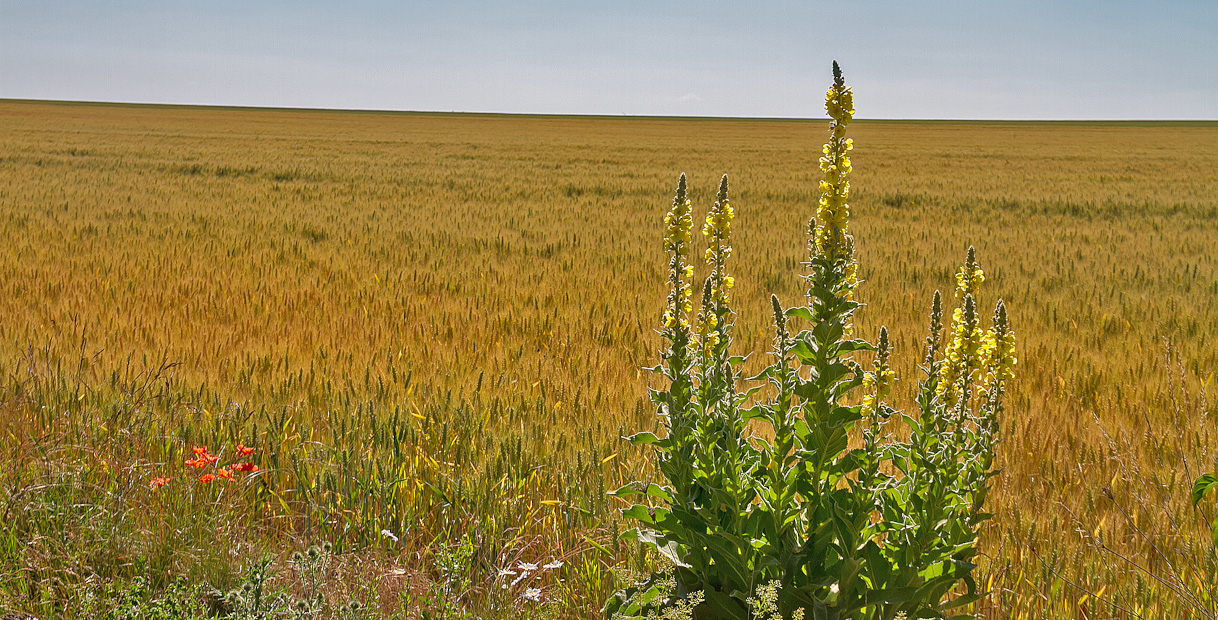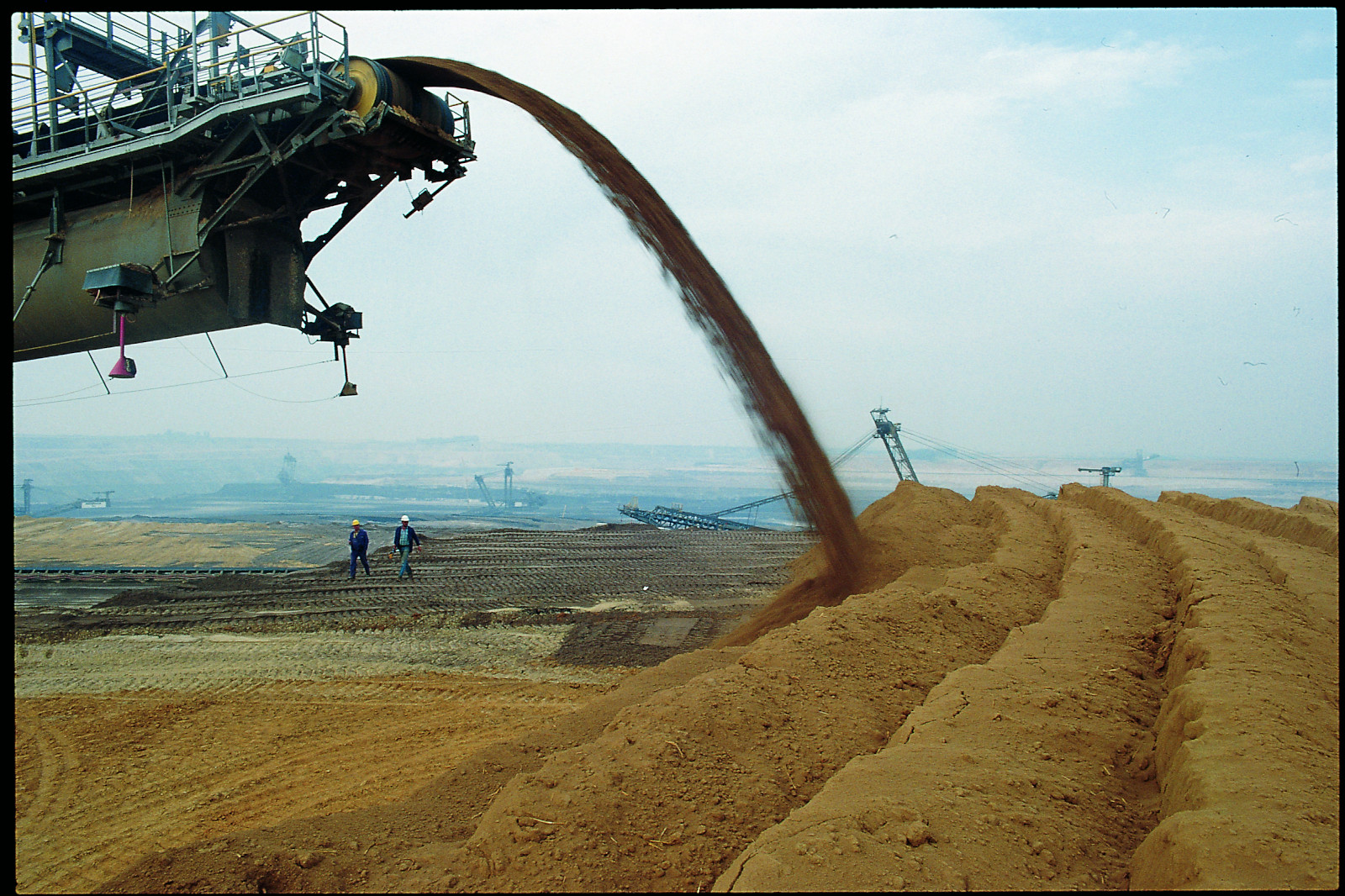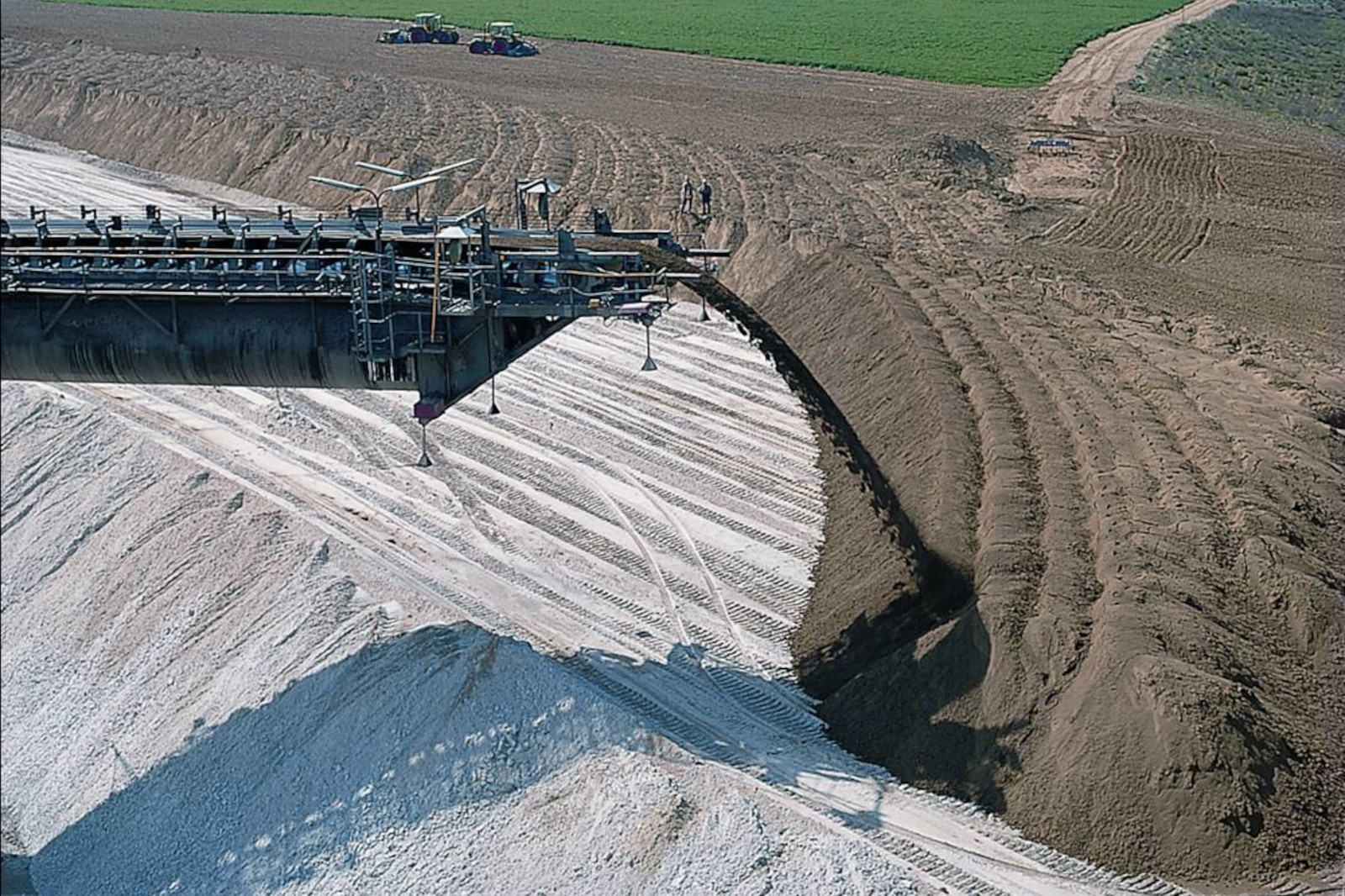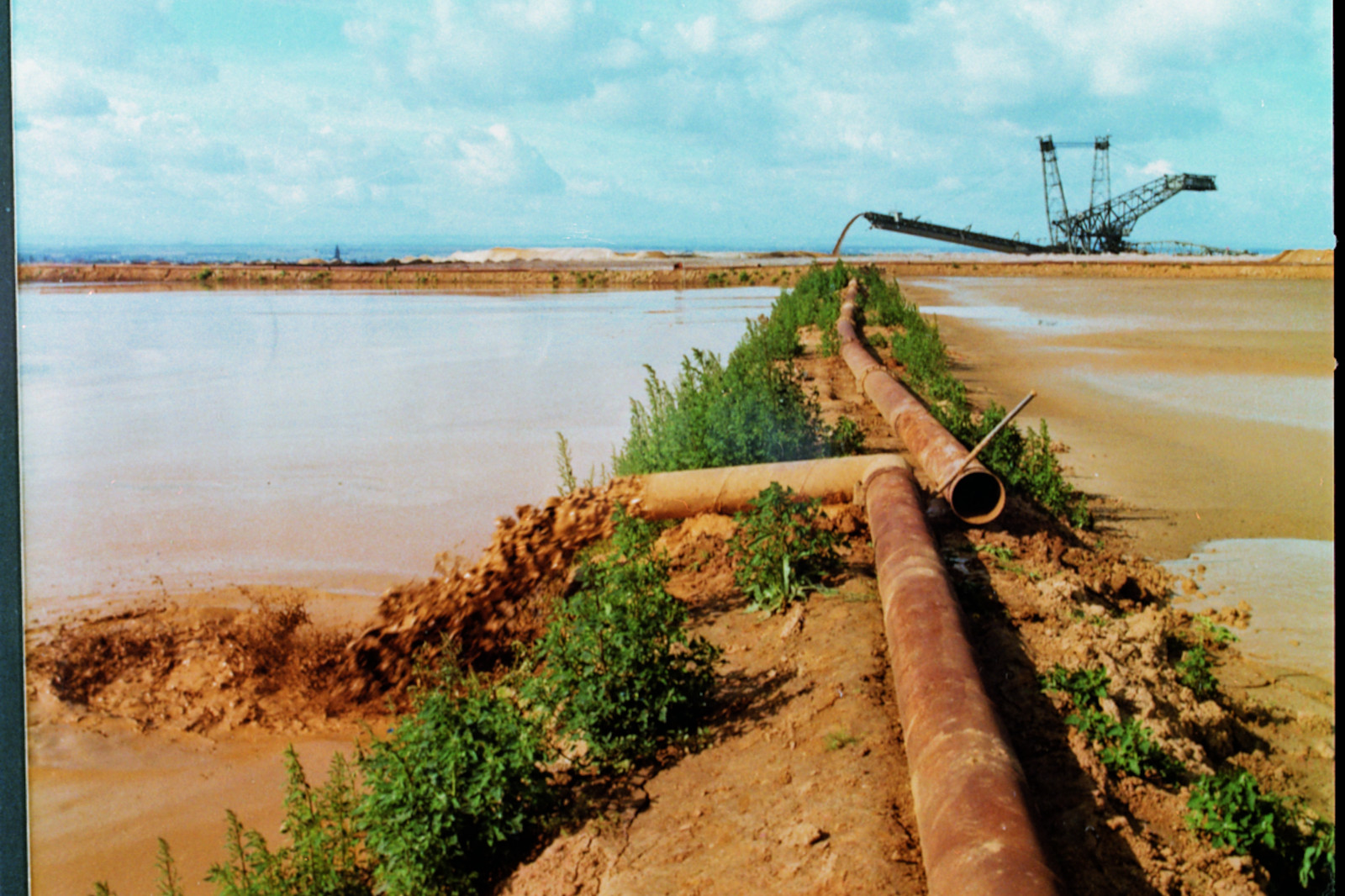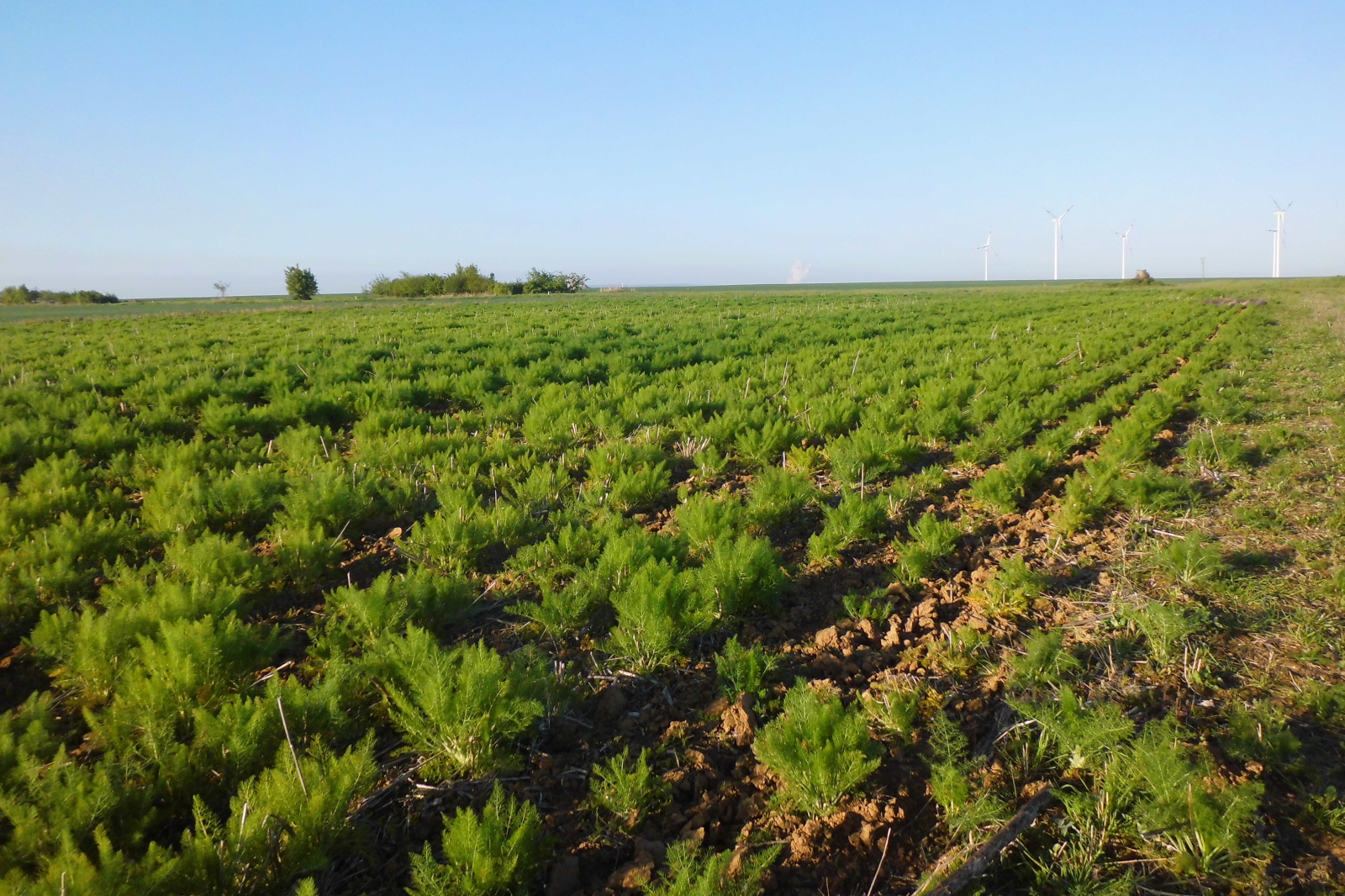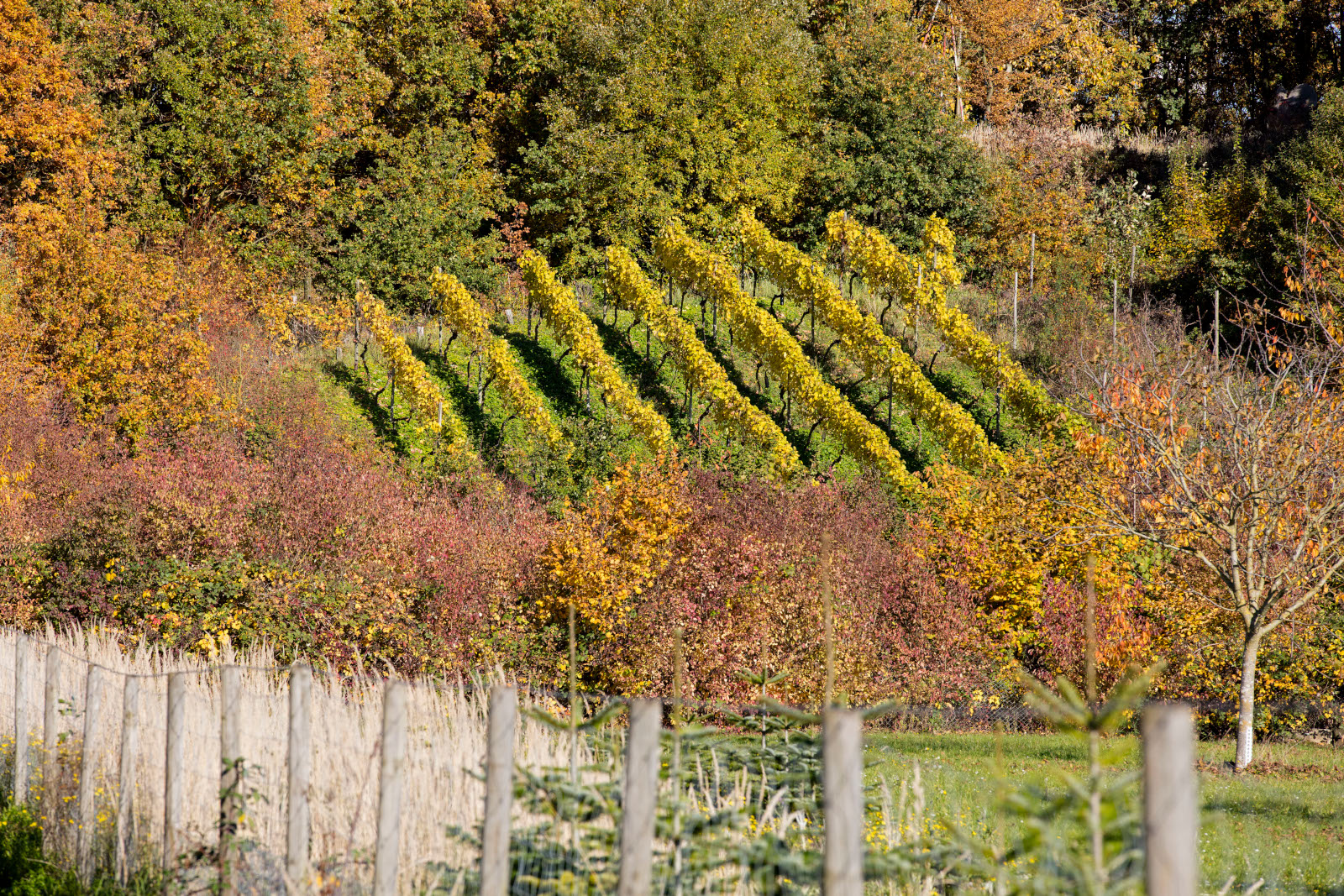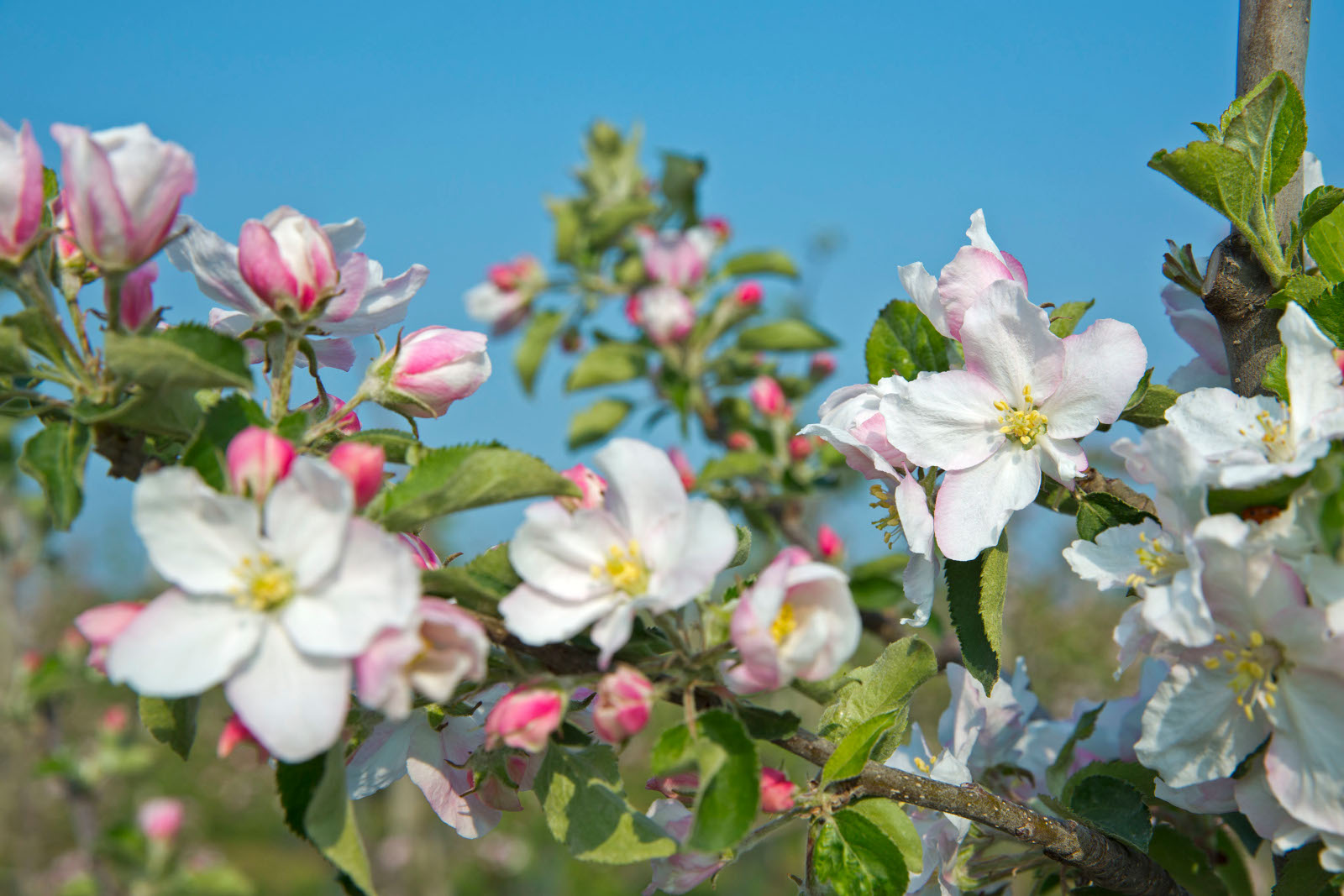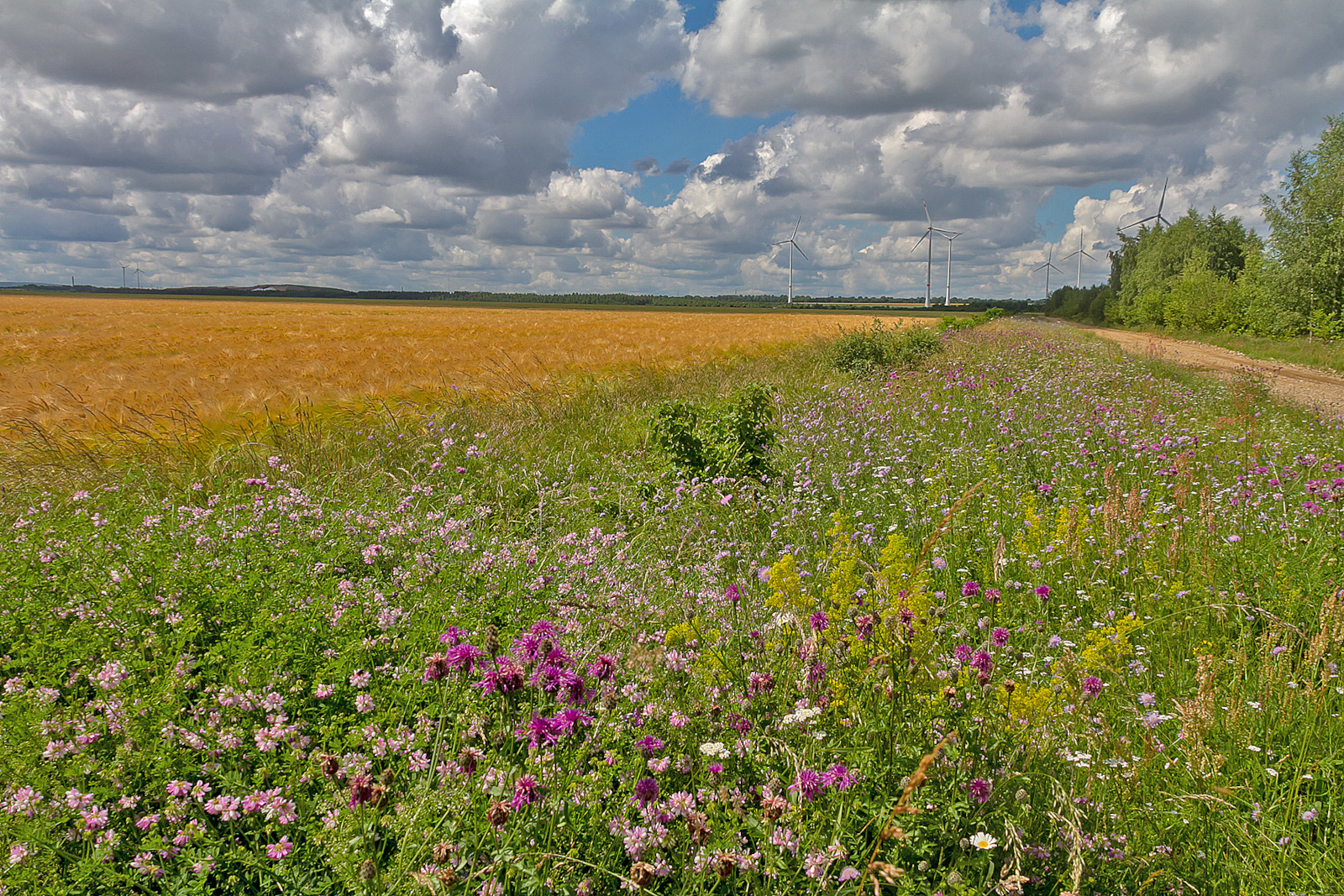The objective of agricultural recultivation is to create restored agricultural areas with expected yields comparable to those of the luvisols in the pre-mining area. The soils of the Lower Rhine Basin make it one of the highest-yielding and best sites worldwide. This high productivity of the original soils means there is a great responsibility to implement a process for establishing the new soils. Soil formation processes that occurred over several millennia on natural sites have to be replaced by other measures in recultivation.
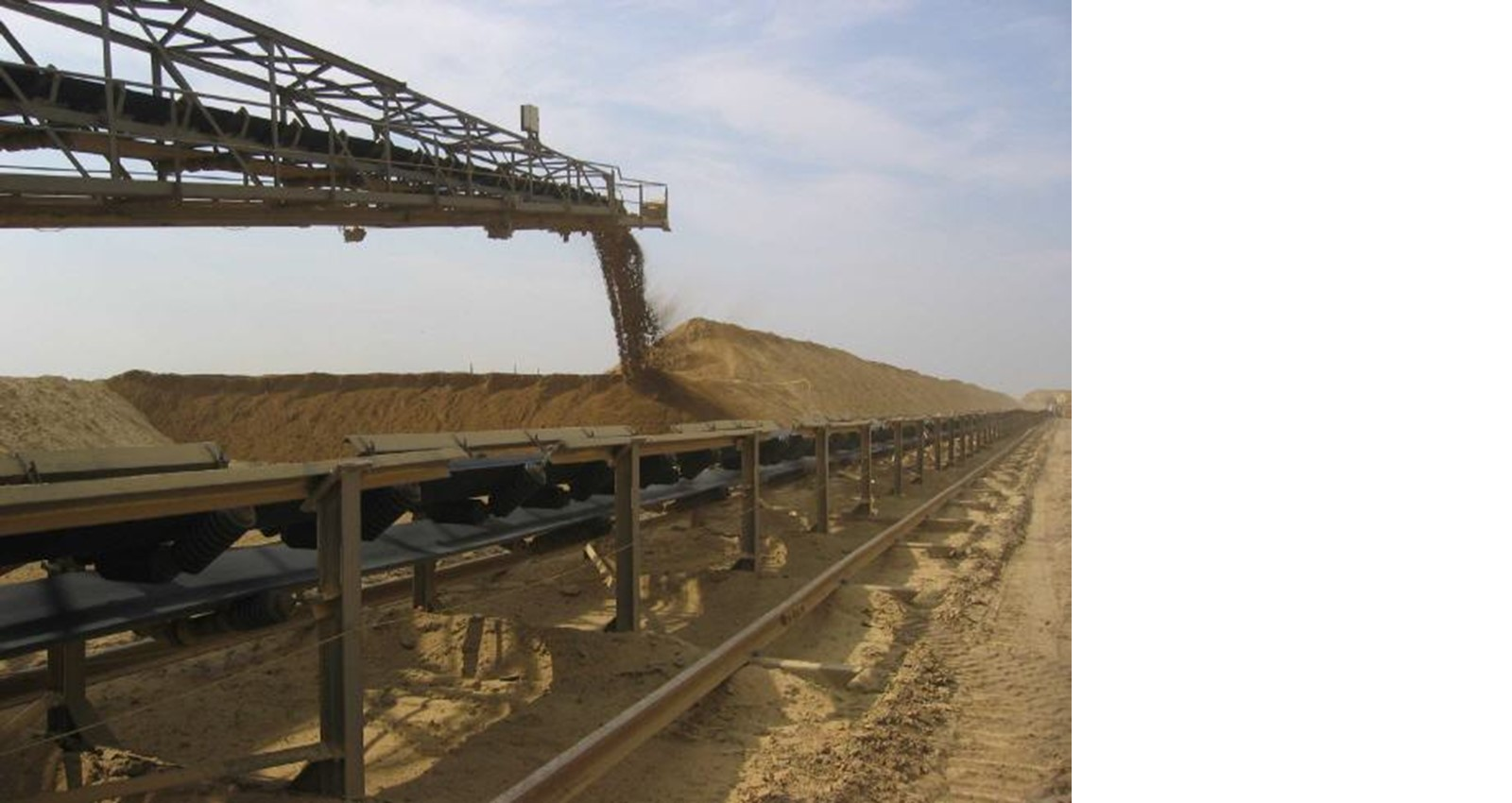
High-quality loess as the basis
Providing the material for soil recultivation is another challenge. Studies on the suitability of the overburden substrates have shown that only the region’s high-quality loess can form the basis for agricultural recultivation. Therefore, it has to be carefully separated from the remaining overburden during coal mining. This soil has a very high water retention capacity since it contains silt at high rates of 70 to 80 per cent. Agricultural crops, for example, can therefore survive even very dry summers without a significant reduction in yields.
As a rule, the material excavated on one side of the opencast mine is directly applied on the other side by the spreader. Occasionally the loess is also transported between opencast mines or temporarily stored for longer periods.
What is known as the soil substrate also plays an important role for site functionality. This layer applied before spreading the loess has to be comprised of water-permeable gravel and sand so that precipitation water from the loess layer can penetrate into the lower soil layers. Water that does not evaporate and is not consumed by plant growth or stored in the loess layer must be able to drain away.
Loess with an especially high lime content is spread in the central, western and northern recultivated areas to a thickness of at least two metres (thickness of at least one metre in the Altrevier to the south-east, where less loess is found). This was established by the North Rhine-Westphalia Ministry of Economic Affairs with the Loess Accord of 1961.
Loess was spread using the gentle silting method until the 1980s, which applies the loess without compressing it. However, the grain fractions separate with this method and the layer thickness is limited to one metre. Level surfaces are also created that require extensive subsequent grading to create the minimum slope needed for reliable surface drainage. Therefore, the current directive of the competent mining authority only permits the dumping of dry loess using spreaders today. Topsoil with humus, carbonate-free loess loam and the loess containing carbon found in layers several metres thick are blended and used for the development of the new agricultural soil. Grading is only performed in dry conditions using special techniques that are gentle on soil to avoid compaction of the recultivation substrate.
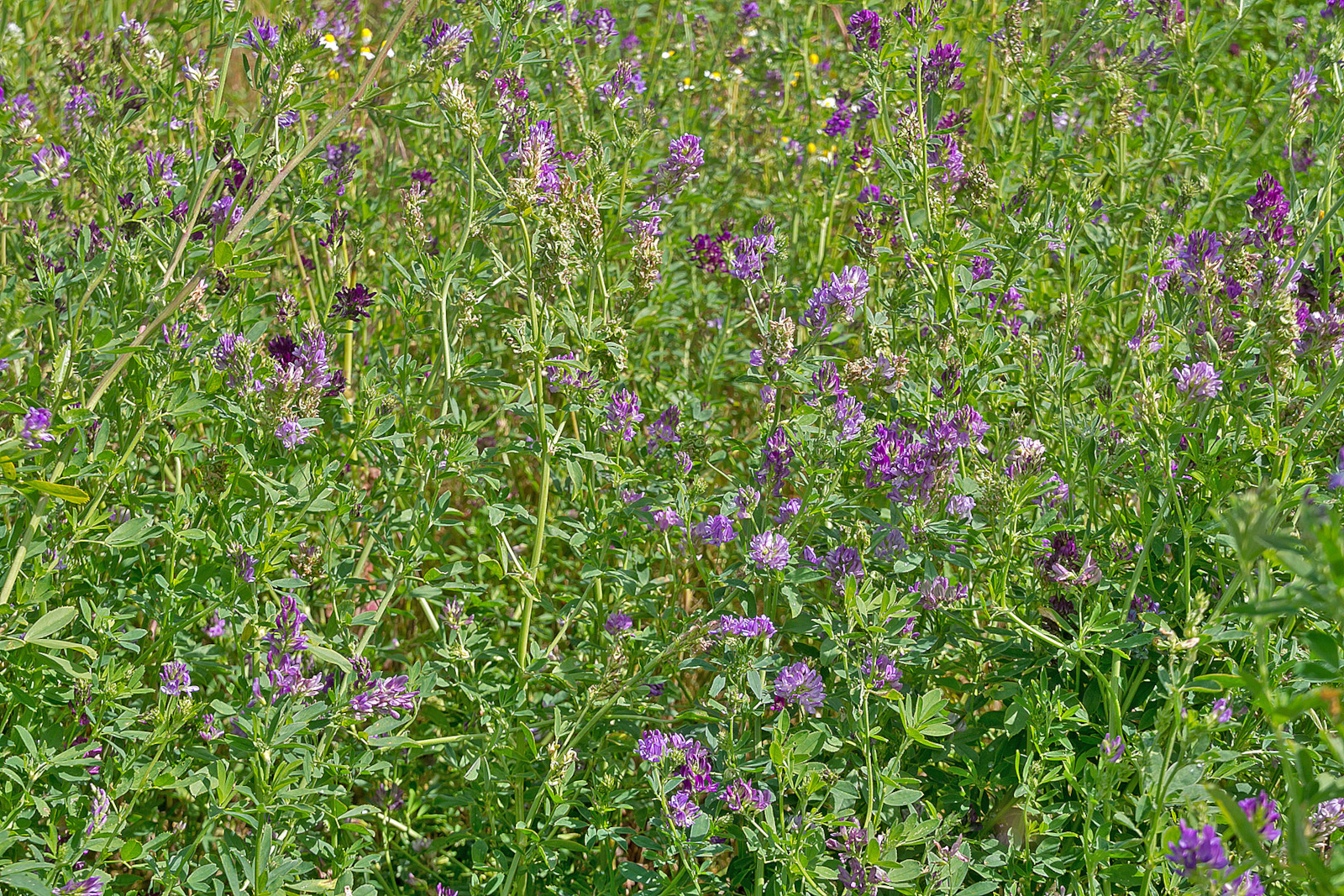
Cultivation of alfalfa
Loess alone does not make fully arable soil. It lacks humus as a valuable storage medium for nutrients and habitat for microorganisms to support plant growth. The soil functions also have to be reactivated first. New farmland is therefore managed by RWE Power at first. Initially the newly created areas are planted with alfalfa. This deep-rooted perennial pioneer plant prefers the transferred loess sites with their favourable pH value of about 7.5 and loosens the soil to an extensive depth with its taproots. It is grown for three years as a perennial crop. Rather than obtaining good harvests, the objective is to biologically activate the soil. The crop is chopped and remains in the field to support the enrichment of organic substances and therefore humus formation. Alfalfa also stabilises the soil structure. As a legume, bacteria in its roots bind atmospheric nitrogen in the soil. Ideal conditions are thus created for the subsequent planting of crops appropriate for the site, such as winter wheat, winter rye and winter barley.
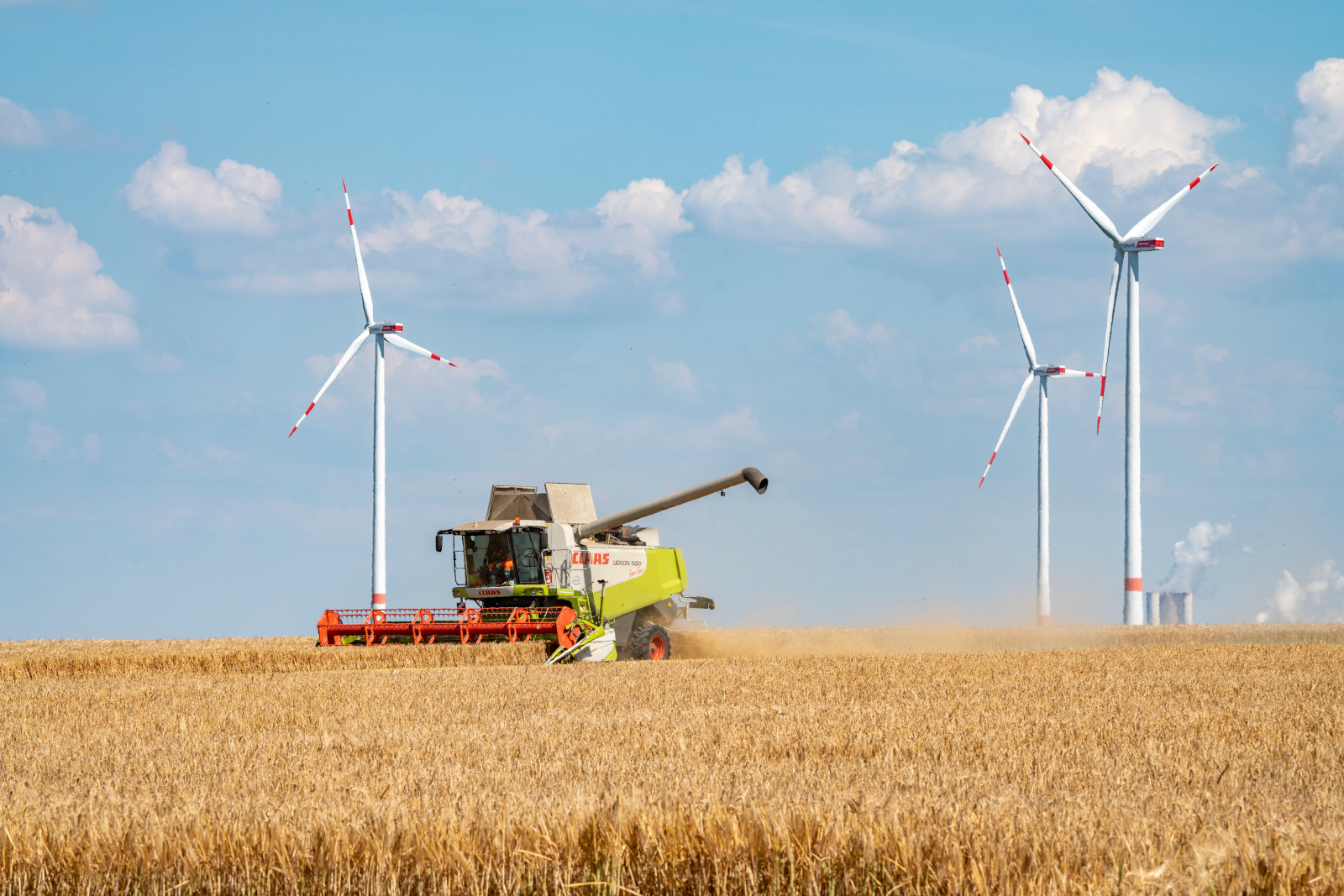
Interim management
Alfalfa is generally followed by winter grain in the course of interim management. Root crops such as sugar beet or potatoes are rarely grown as part of interim management. These and other specialised crops are only grown on small areas for demonstration and research purposes. In keeping with the demand for the increased use of biomass as a renewable energy source, tests have also been carried out recently with short rotation softwood plantations and various industrial crops such as silvergrass.
Methods that are gentle on the soil, such as broad strips and gentle ploughing methods as well as direct seeding, are used in the course of interim management since the built-up soil is initially more sensitive to pressure than the original land areas. The optimal timing of performing the work is essential for all of the measures. Yields at the level of the naturally developed sites in the loess regions and the Cologne Lowland can be obtained. High-yield agriculture is therefore achieved.
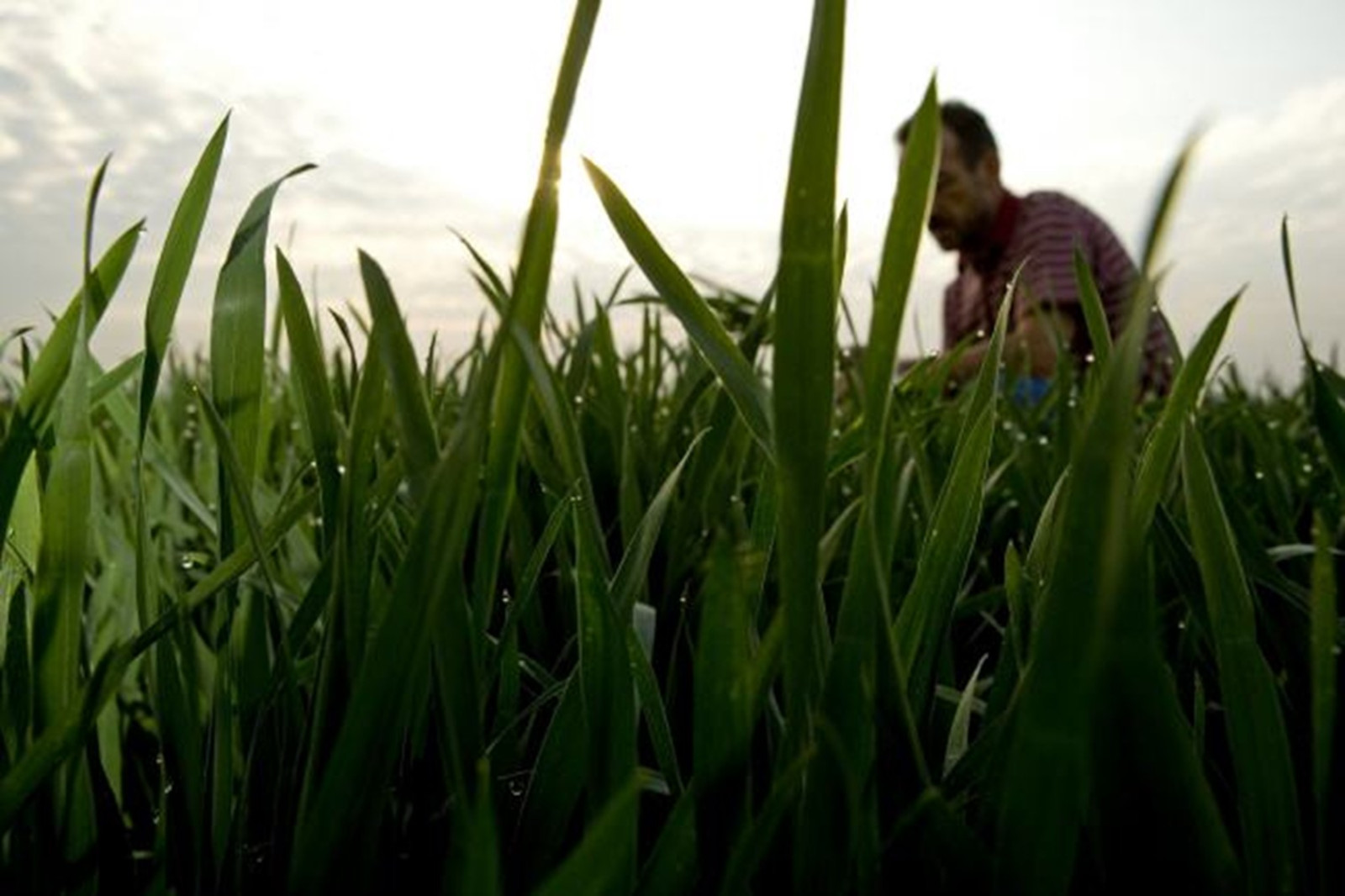
Ongoing quality control
Recultivation is a learning process and continuously accompanied by scientific studies. The quality of recultivation is monitored through agricultural production and aerial image interpretation. Flaws are readily identified and corrected by these means. Assessing the quality of the new land areas is of great importance to detect possible recultivation defects and also for negotiations with interested farmers. After management by the company for at least seven years, the new land can be transferred to farmers in the area. They are provided with complete documentation of land use to date.
Transfer to farmers
Favourable initial conditions notwithstanding, farmers have higher fertilisation costs in the first years of management to further increase the humus levels in the still young new soils. A normal biological balance similar to original soil gradually establishes itself by leaving harvest residues in the field and through specific humus-building measures. Farmers receive financial compensation (initial aid) for their higher expenses in advance when taking over the new land areas.
For the long-term security of farmers, RWE Power is liable for a ten-year period after the transfer of the recultivated areas for subsequent defects such as depressions, waterlogging, compaction or stones. RWE Power is responsible for the elimination of subsequently occurring depressions for a further eight years. Taking the seven years of interim management into account, the company guarantees the good quality of the soils for a total of 25 years.
Diversity of agricultural recultivation
The recultivation substrates in the Rhenish mining area form the basis for numerous types of use. Aside from typical arable farming, the newly created areas are also used for meadow orchards or pastures, among other uses – usually in combination with nature conservation and cultivated landscape protection goals. Numerous traditional varieties of fruit have been replanted in the recultivated areas. Vegetables as well as medicinal and spice plants have also been planted on a trial basis and test vineyards were established.
In addition to the restoration of farmland, ecologically valuable structures such as temporary flower strips and fields, non-harvesting strips and alfalfa strips are also created under our biodiversity strategy. Permanent green spaces are established in the course of agricultural recultivation as well, with measures such as piles of rubble and deadwood or open ground that promote the diversity of species in the open landscape.


